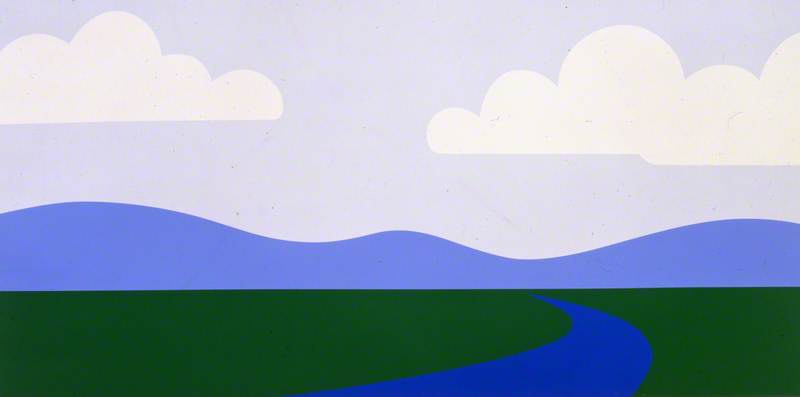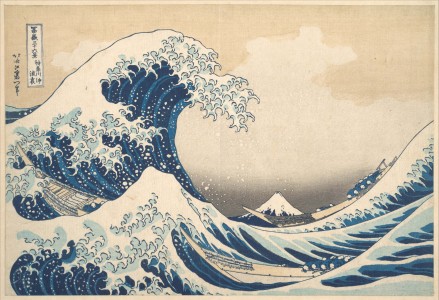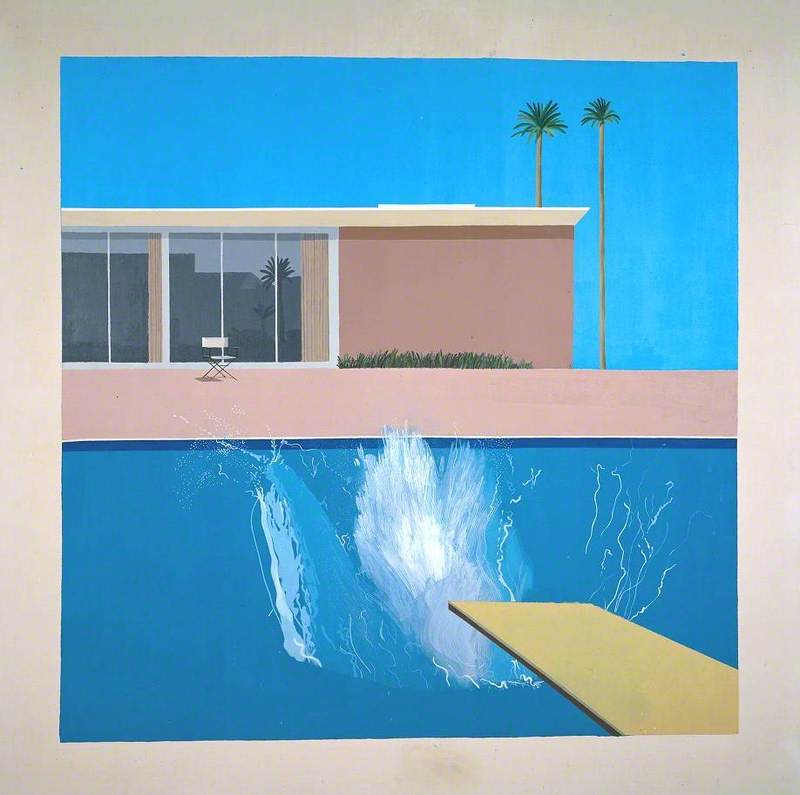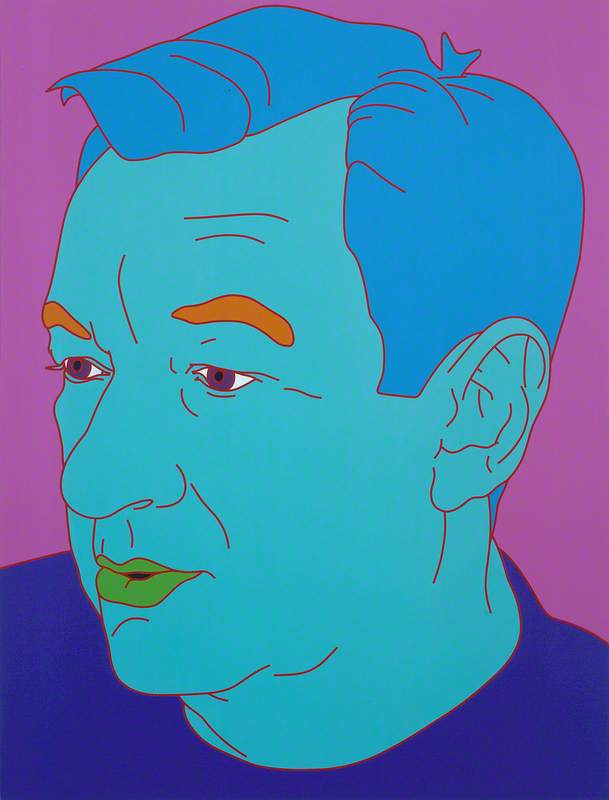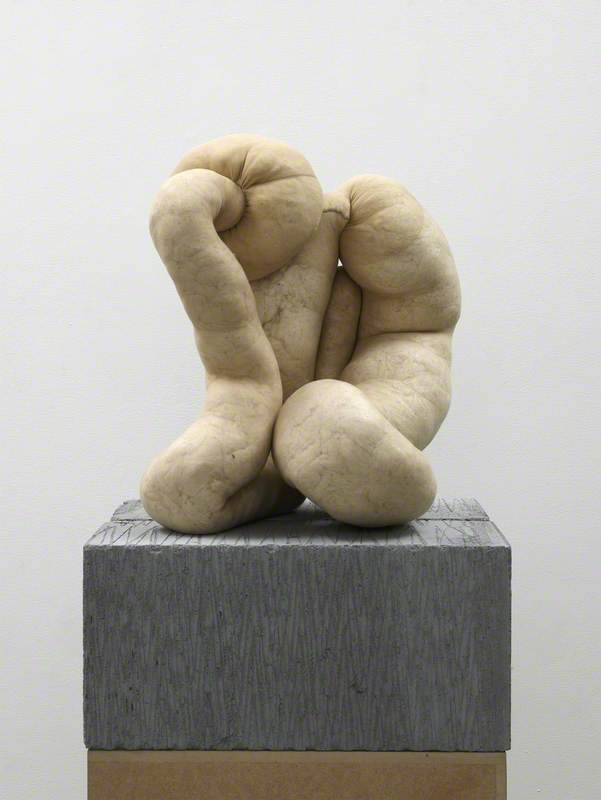Born in London in 1958, Opie is known as one of Britain’s leading sculptors, but works using a variety of media and contemporary technologies. His images, usually based on photographs, are manipulated, simplified and distilled to their basics. He is best known to the general public for his award-winning album cover for The Best of Blur (2000), in a style he has used for many other portraits. His work can be compared with that of Pop artists like Warhol, Lichtenstein and Caulfield.
Opie was one of a generation of British artists who studied under the conceptual artist Michael Craig-Martin and Richard Wentworth at Goldsmiths around 1980. His influences include Craig-Martin’s own wall-paintings, Egyptian sculpture, Pop Art and Minimalism, Japanese woodblock prints, cartoon art like Herge’s Tintin, children’s toys, and of course digital technology itself.
His art has been described as being about ’process, logic and efficiency’, but it also combines sharp observation and insight into the way we move and the way we see, and often involves humour.
Immediately after graduating, Opie had his first solo show at the Lisson Gallery in London in 1983, home to Britain’s leading conceptual artists, and was soon exhibiting in Europe and, in 1991, Asia. He had a solo show at the Hayward Gallery, London, in 1993 and in 1994 joined the long line of contemporary artists commissioned to design the Tate’s Christmas tree. In 1995 he won a prestigious scholarship at the British School in Rome. He is now represented in public collections all across the world.
Opie’s first sculptures were three-dimensional painted versions of real objects and assemblages, reminiscent of Pop Art. By the late 1980s these became more abstract and eventually, mimicked the most mundane features of the contemporary world: ventilation covers, industrial shelving and bland office blocks. In the early 1990s he was at his closest to Minimalism and it was then that paintings and prints were added to his output. Imitation building blocks developed into children’s toys, and their natural simplicity of form and colour led, through an interest in public signage, to his characteristic humanoid graphics. By adopting new digital technologies, such as computer graphics programmes, and finding real-life, individual subjects, he could combine the personal with the impersonal, a feature of all his later work.
Landscapes were a feature of his paintings and prints in the second half of the 1990s, at first the blandness of the motorway and open road, then the clichés of sunsets and hills under blue skies, such as Landscape (1).
Many of his works are displayed in public places, like Heathrow Airport, Milan railway station, shop windows, offices and department stores, where they relate directly to the advertising and street signage that surrounds them. He has designed ballets, and in 2009, an Olympic stamp. Recent work involves animation, reminiscent of the repetitive actions of the ‘walk’ sign on a pedestrian crossing, and then made more elaborate in the actions of crowds, walking along pavements in the rain, for example. These are carefully observed by Opie in real life and then heavily simplified, but still retaining a careful balance between realism and stylisation.
Opie has been called the new ‘painter of modern life’, as the critic Baudelaire christened his nineteenth-century contemporary Constantin Guys in 1863. If so, Opie is certainly a democratic one.
Andrew Greg, National Inventory Research Project, University of Glasgow
